Weekly Tech Recap - № 161 - BionicWheelBot, Microsoft <3 Linux, Huawei P20, Galaxy S9 vs S9, turmoil at Facebook
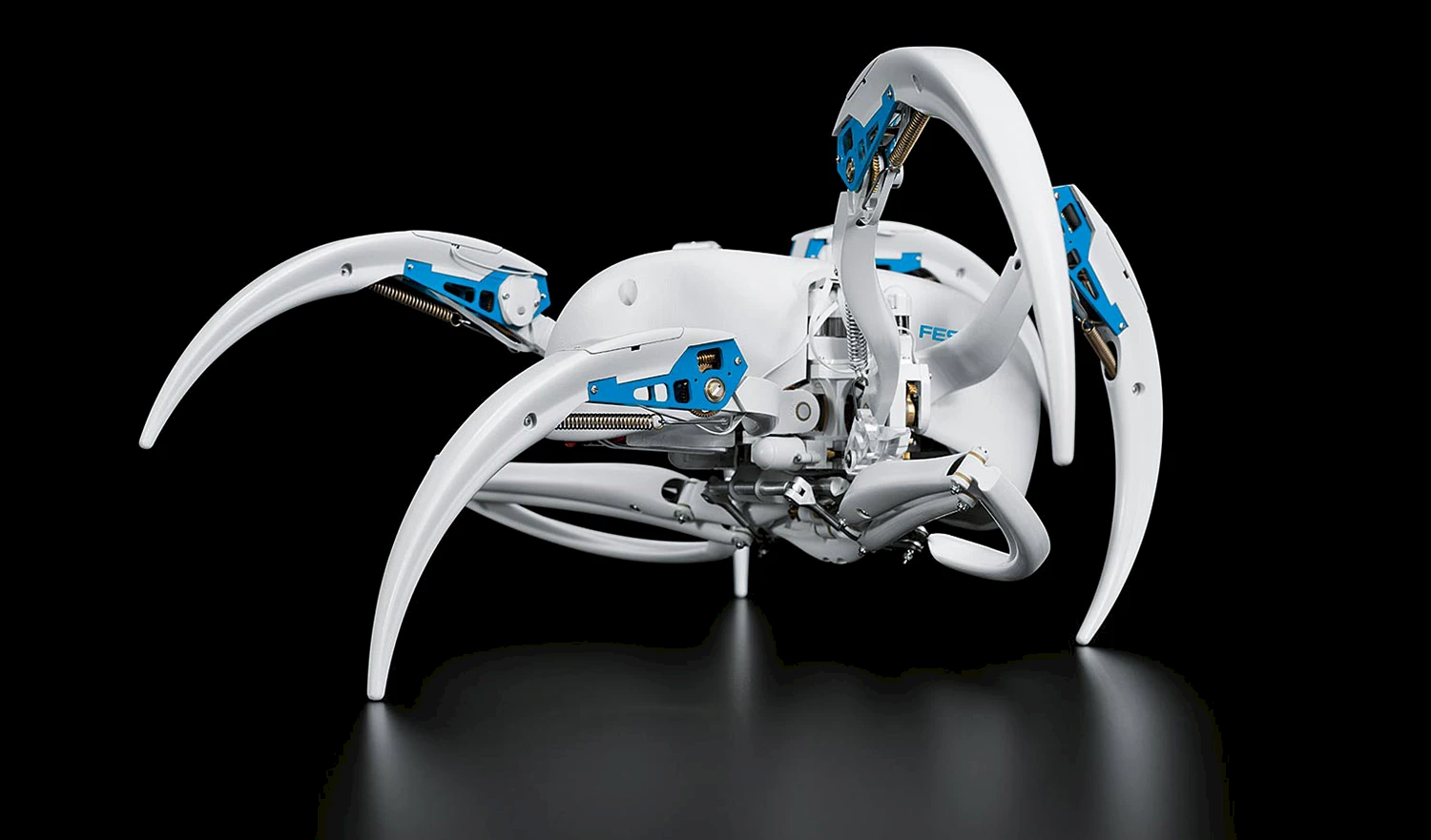
BionicWheelBot, the bionic spider
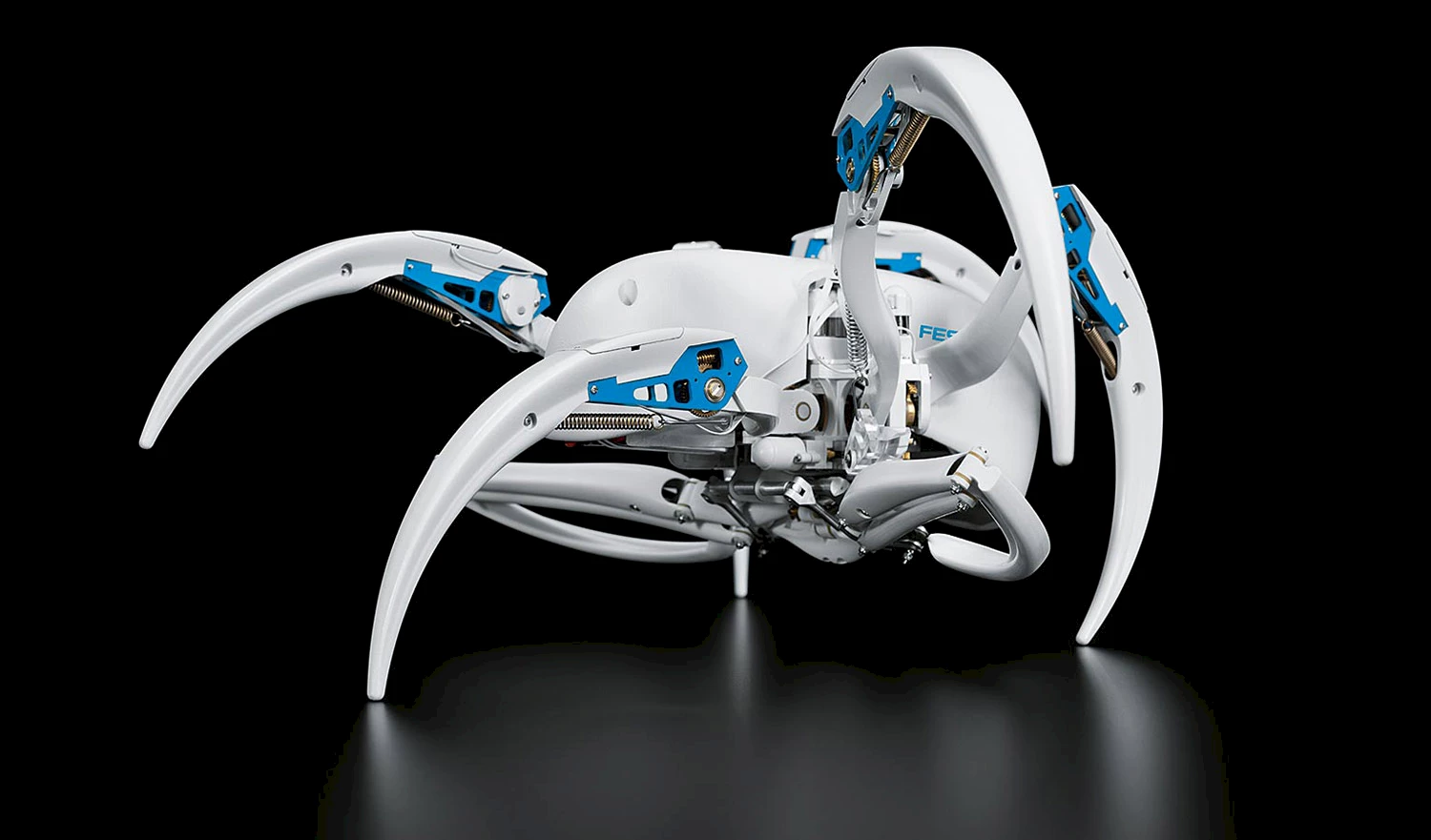
BionicWheelBot. © Festo AG & Co. KG.
The BionicWheelBot is a new octopod robot whose design is inspired by the gymnast spider cebrennus rechenbergi, an arthropod discovered a decade ago in the southern Morocco desert, with locomotion that’s adapted to the dunes. The machine is developed by German firm Festo, which has previously developed a bionic kangaroo and a robotic arm in the shape of an elephant trunk, and has made a foray into the insect world with robots in the shape of an ant and a butterfly. Fifteen motors housed the joints and body control the BionicWheelBot’s legs. Just like the gymnast spider, it can roll like a ball by retracting six of its legs while using the other two to push the ground on each rotation. Thanks to an integrated inertial sensor, the robot keeps track of its position and knows when to give itself a push. At the same time, Festo unveiled an elegant bionic bat dubbed BionicFlyFox, which can fly semi-independently within a defined space, by communicating with a movement tracking system that continuously registers its position (these are the mobile cameras that you can see in the video below). Its wingspan measures 2.28 metres, and the machine weighs 580 grams. These two robots are demonstrations of know-how intended to highlight the company’s abilities in the area of bionic design, rather than products destined to be sold commercially.
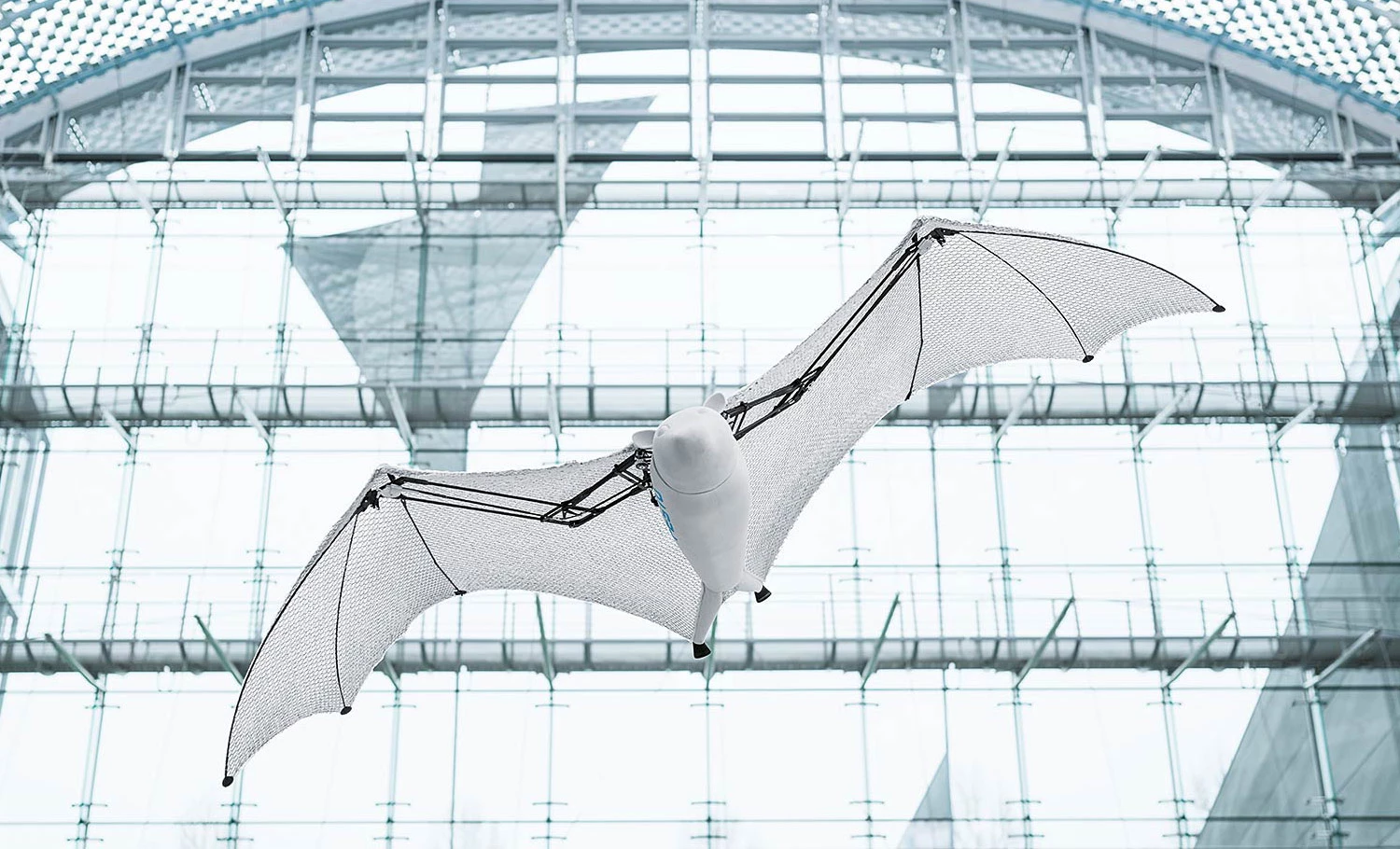
BionicFlyFox. © Festo AG & Co. KG.
⇨ Circuit Breaker, “This bionic spider can curl up and do somersaults.”
Microsoft <3 Linux
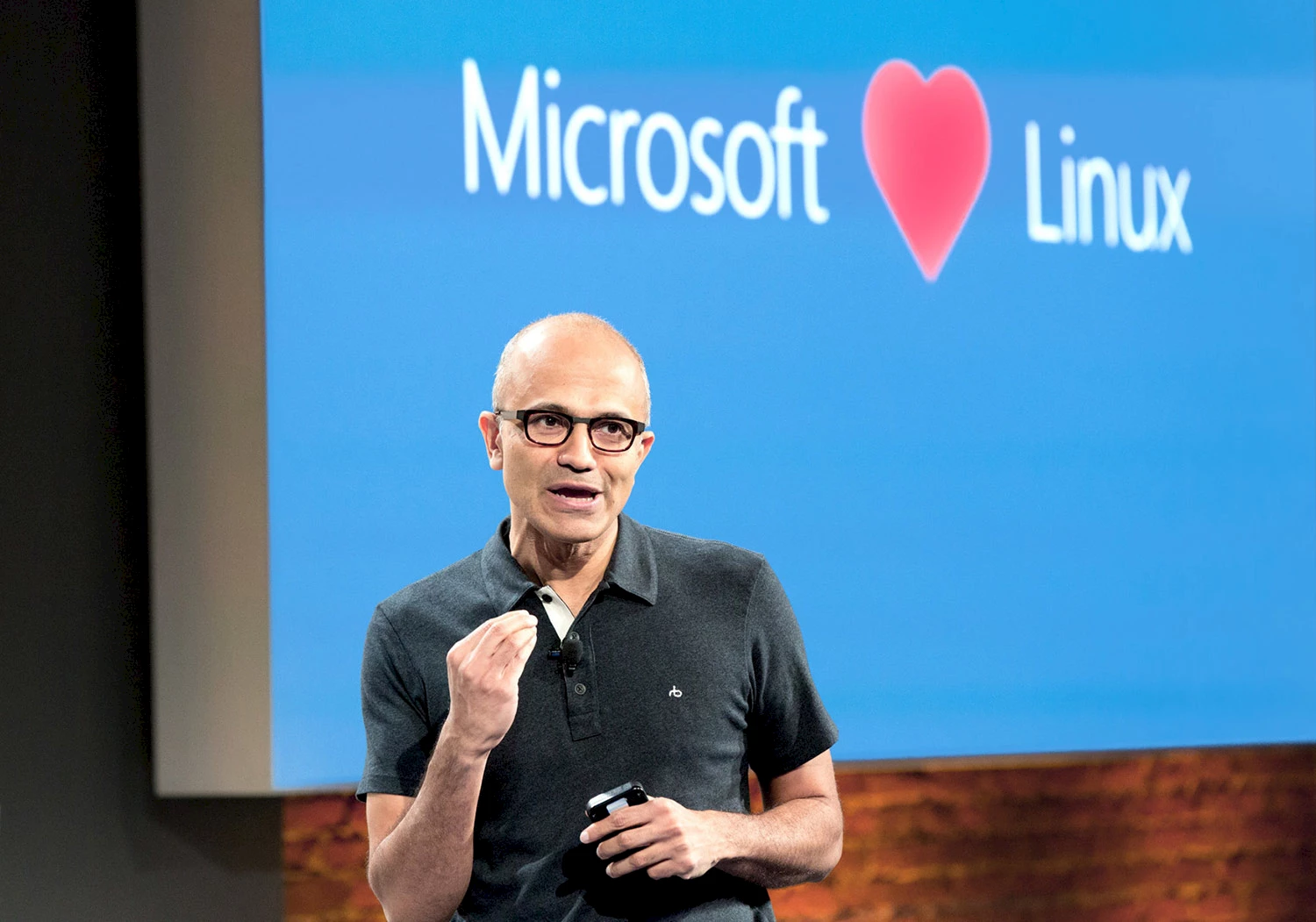
Microsoft CEO Satya Nadella. © Microsoft.
After starting with Ubuntu, Microsoft has added other Linux distributions that can be used with WSL (Windows Subsystem for Linux): SUSE Linux Enterprise Server, openSUSE, Debian, Kali Linux. That’s great and all, but if Microsoft didn’t support your favourite distribution, you were out of luck…until today. Microsoft has released a MIT licence C++ utility that allows you to build your own Linux distribution installation package for WSL. The tool has two target audiences: distribution owners (so that they can create a package ready for the Microsoft Store), and developers (so they can create custom distributions and load them onto their development systems). Microsoft will continue to add new features to WSL. The next major Windows update, version 1803, will include limited support for background tasks and better filesystem interoperability between the Windows sides and Linux sides.
⇨ Ars Technica, “Bring your own Linux to Windows with new open source tool.”
Huawei P20 and P20 Pro
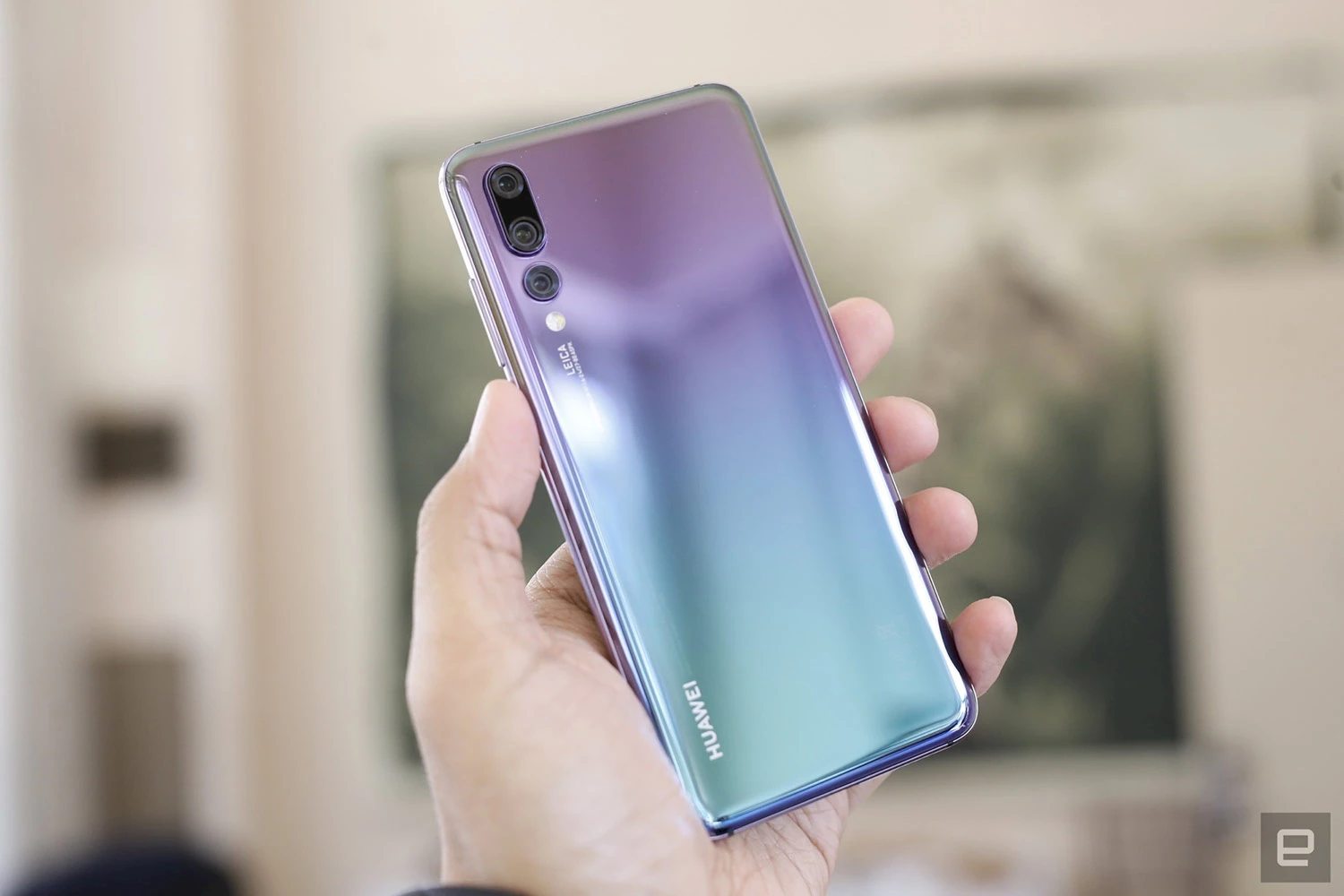
Huawei P20 Pro “Twilight”. © Chris Velazco/Engadget.
Huawei presented its two new high-end phones in Paris in front of a crowd of 1500 journalists at the majestic Grand Palais. They both run on Android 8.1; the P20 Pro has an OLED screen and the P20 an LCD, but both display the same resolution (2,240 x 1,080). Like the iPhoneX and many other copycats, these new phones have a notch, but it’s less wide than Apple’s. Richard Yu, CEO of Huawei Technologies Consumer Business Group, promoted it as an advantage, although without the TrueDepth camera mechanism, the advantage seems questionable to us.
On the camera side of things is where the phones show their differences, as well as their ambitions. The P20 Pro has a unique configuration of three cameras that provide a maximum resolution of 40 megapixels (compared to 12 megapixels on the iPhoneX and the Galaxy S9). One camera is equipped with a monochrome sensor (20Mpx), the second manages colour (40 Mpx) and the third is a telephoto lens with integrated hybrid zoom (8Mpx with optical stabilization). The ISO sensitivity can be bumped to 102,400. With a global score of 109 points awarded by DxOMark, the Huawei P20 Pro sets a new standard for smartphone cameras, outperforming all of its closest rivals, like iPhoneX, Google’s Pixel 2 and the Galaxy S9 Plus, by a margin close to or greater than 10 points. The P20 features a rear 12/20 Mpx Leica dual camera system. Its front camera is 24 Mpx, optimized for selfies in low light. For video, both support 4K at 30 fps. Colours available are black, champagne gold, “twilight” (a kind of gradient from purple to turquoise), rose gold and midnight blue. The P20 should cost about $850 USD, and the Pro version $1,000 USD. Available in April.
⇨ Engadget, “Huawei P20 Pro hands-on: Camera tricks and a supercar finish .”
⇨ The Verge, “Huawei’s P20 Pro is a hugely promising phone that will upset Americans.”
⇨ Wired, “Huawei’s P20 and P20 Pro are serious rivals for Samsung.”
Facebook shelves smart speaker launch after Cambridge Analytica controversy
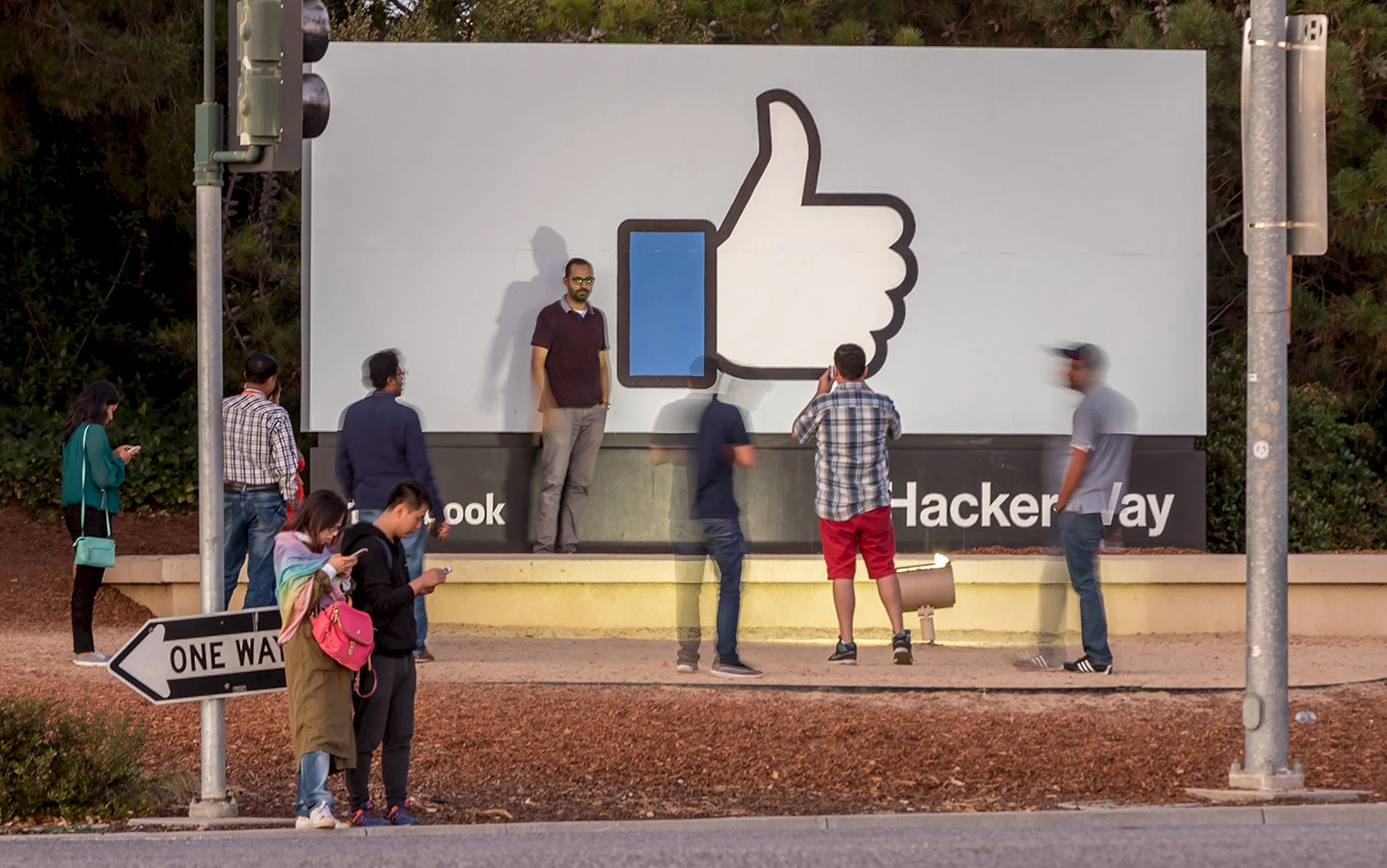
Menlo Park, California. © iStock.
Facebook has put plans on hold for the release of its new smart speaker, following public outcry over how it collects and uses data. Facebook had been working on a large touchscreen home speaker for video chatting, like the Amazon Echo Show, with a wide-angle lens that recognizes users’ faces and associates them with a Facebook account, as well as a standalone speaker similar to the Google Home. Both devices are said to use a voice assistant; it was reported that the video chat device would cost $499 USD. Facebook was set to unveil these new smart home products at its annual F8 developer conference in May, but after the Cambridge Analytica scandal, its been reported that the plans will be put on ice…for now, until sometime later this year. In early February 2018, Facebook was the fifth most valuable company on the S&P Index, with a market capitalization of over $560 million. Since hitting its peak on Feb. 2, Facebook has lost an astonishing $100 billion in market capitalization. Few had predicted Facebook’s fall, although Aiera, a robot that uses AI to make stock recommendations, put out a “sell” recommendation last fall.
⇨ Ars Technica, “Facebook reportedly delaying smart speaker launch in wake of data outrage.”
⇨ New York Times, “Facebook Falls From Grace, and Investors’ Stock Holdings Tumble Too.”
Galaxy S9 versus Galaxy S9
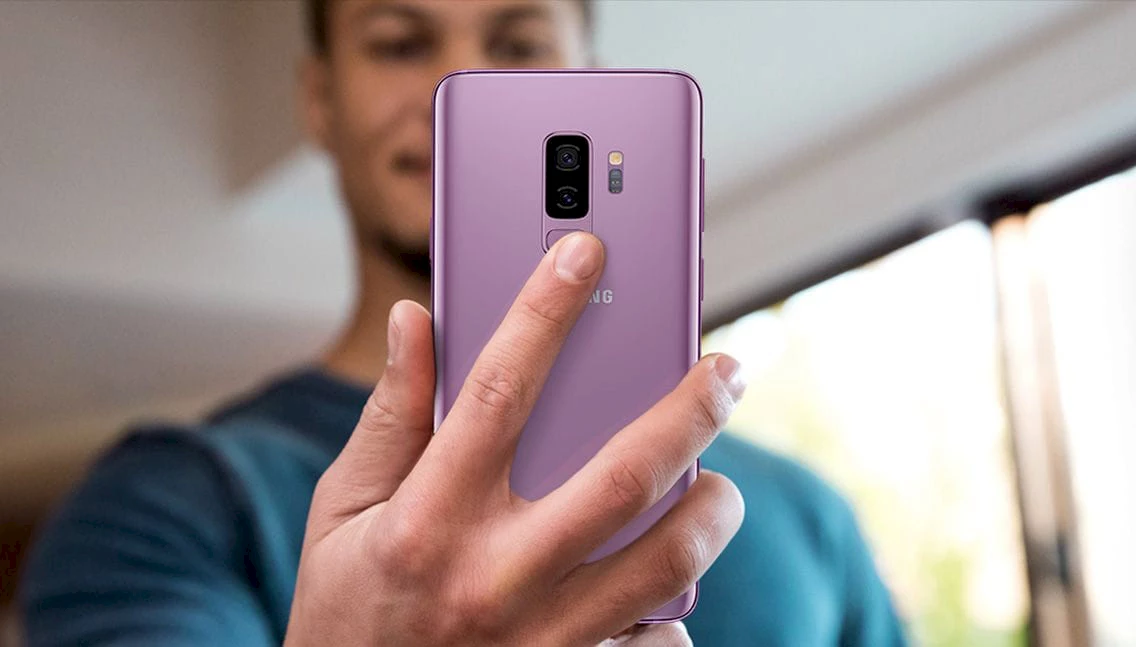
Galaxy S9+. © Samsung.
It seems that Samsung is having difficulties with its own processors. You may not know it, but the manufacturer uses a different system-on-a-chip on its high-end phones depending on the regions of the globe: for the most part, American, Chinese, Japanese and Latin-American users get devices equipped with Qualcomm’s Snapdragon, while the rest of the world gets a “house” Exynos SOC (that's why the name of the processor is not mentioned in the however exhaustive technical sheet on the global site). As a result, two Galaxy S9s, which to all outward appearances are identical, can have vastly different performances. Anandtech has compared two S9s (S9 et S9+), one with a Snapdragon 845 and the other with a Exynos 9810, and the results aren’t so hot for Samsung: in almost all the tests, the Exynos lags far behind the Snapdragon.
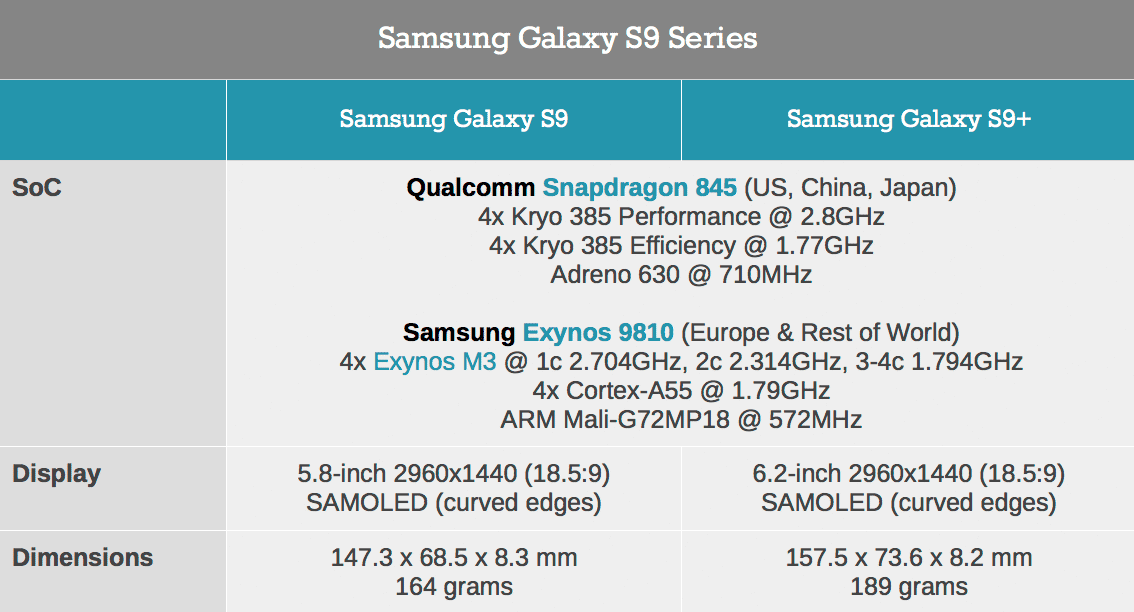
⇨ AnandTech, “The Samsung Galaxy S9 and S9+ Review: Exynos and Snapdragon at 960fps.”
